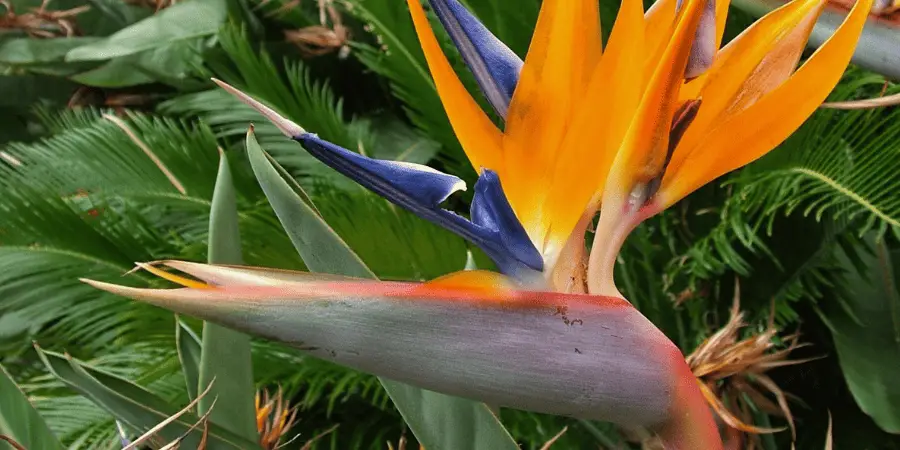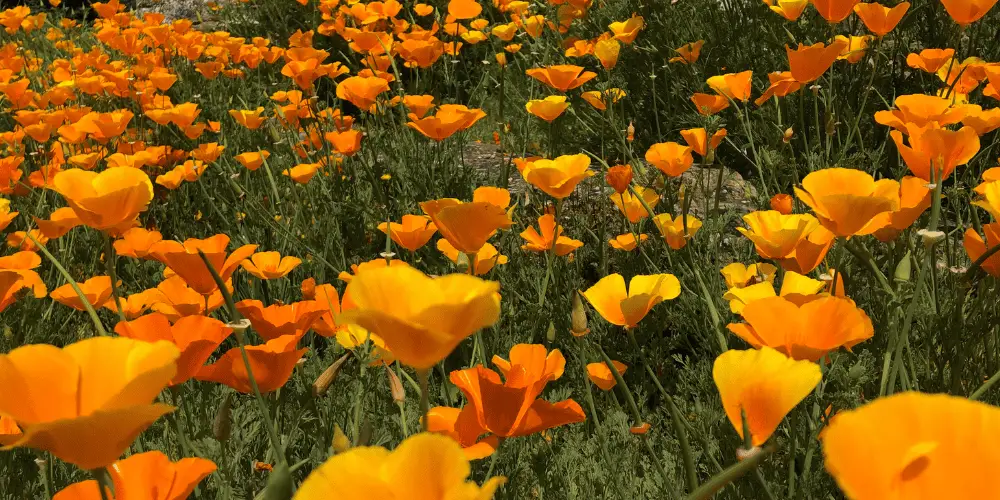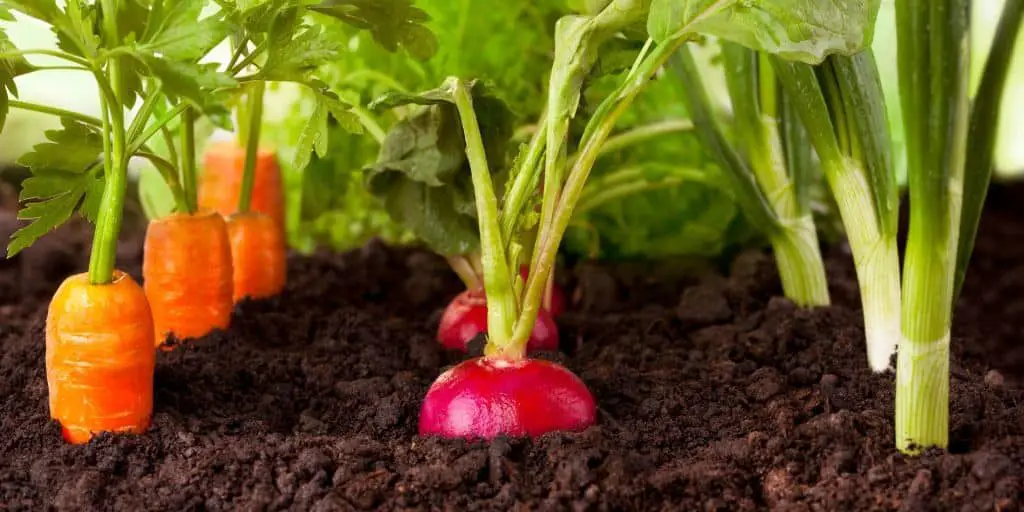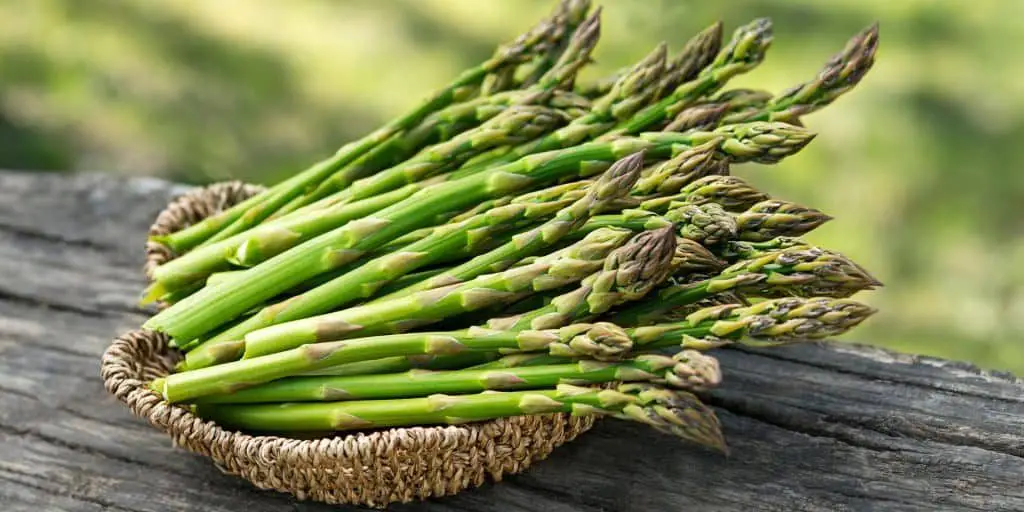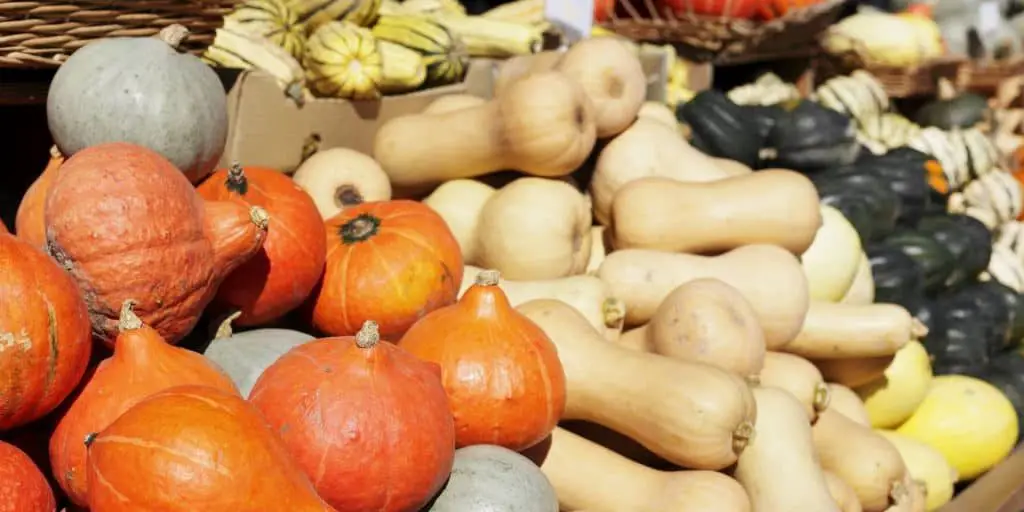
Bird of Paradise Flower: Planting, Cultivation & Care
If you’re looking to add a touch of tropical elegance to your garden or indoor space, the Bird of Paradise flower (Strelitzia reginae) might just be the perfect choice. With its stunning, exotic appearance and relatively low maintenance requirements, this plant has become a favorite among gardeners and indoor plant enthusiasts alike. In this article, we’ll delve into the basics of the Bird of Paradise, explore common varieties, and provide you with the information you need to successfully plant, cultivate, and care for these remarkable plants. Let’s get started!
Basics
Origin and Background
The Bird of Paradise flower, native to South Africa, gets its name from the resemblance of its vibrant, paddle-shaped petals to the plumage of a tropical bird. This captivating plant has gained worldwide popularity due to its unique and striking appearance.
Size and Growth Habit
Bird of Paradise plants can grow to impressive heights, typically reaching between 3 to 5 feet indoors and up to 30 feet in their native outdoor habitat. Their large, banana-like leaves can span up to 18 inches in width, creating a bold and dramatic presence.
Typical Landscape Use
These plants are commonly used to create tropical landscapes in regions with a mild climate. They make excellent focal points in gardens, adding a touch of the exotic to any outdoor space. Indoors, they are prized for their ability to purify the air and bring a tropical feel to home or office environments.
Common Varieties
While the Strelitzia reginae is the most well-known variety of Bird of Paradise, there are other species and hybrids worth exploring:
- Strelitzia nicolai (Giant Bird of Paradise): Known for its larger size and more extensive foliage, this variety is often used as a striking focal point in landscape design.
- Strelitzia juncea (Narrow-Leaf Bird of Paradise): Characterized by its slender, reed-like leaves, this species offers a unique and elegant alternative to the traditional Bird of Paradise.
- Strelitzia reginae ‘Mandela’s Gold’: This cultivar stands out with its golden-yellow petals, adding a touch of sunshine to your garden or indoor space.
When choosing the right variety for your space, consider factors like available space, climate, and the desired aesthetic effect.
Planting, Cultivation, and Care
How to Plant
Planting a Bird of Paradise can be a rewarding experience. Here’s a step-by-step guide:
- Select a Suitable Location: Choose a spot with bright, indirect sunlight. While they can tolerate some direct sunlight, too much can scorch their leaves.
- Prepare the Soil: Use well-draining soil rich in organic matter. A mix of potting soil and perlite works well for potted plants.
- Planting Depth: Place the plant in the ground or pot, ensuring the top of the root ball is level with the soil surface.
- Water Thoroughly: After planting, water thoroughly to settle the soil around the roots.
Sunlight and Temperature
Bird of Paradise plants thrive in bright, indirect sunlight. Ideally, they should receive at least 4 to 6 hours of filtered sunlight per day. When it comes to temperature, these plants prefer a warm, tropical climate. The optimal temperature range for Bird of Paradise plants is between 65°F and 70°F (18°C to 24°C). They can tolerate occasional drops to 50°F (10°C) but should be protected from frost.
Soil and Watering
Well-draining soil is essential for the health of your Bird of Paradise. Water the plant regularly during the growing season (spring and summer), allowing the top 1-2 inches of soil to dry out between waterings. In the winter months, reduce watering to prevent over-saturation, as Bird of Paradise plants are sensitive to root rot.
Humidity
These plants thrive in moderately humid conditions. The ideal humidity range is between 40% and 60%. If your indoor environment is too dry, consider using a humidity tray or a humidifier to maintain the necessary moisture levels.
Pruning and Fertilization
Pruning is generally minimal for Bird of Paradise plants. Remove any dead or damaged leaves to promote healthy growth. Fertilize your plant every 2-4 weeks during the growing season with a balanced, water-soluble fertilizer. Reduce or eliminate fertilization during the winter months when growth slows.
Seasonal Care Tips
- Spring: This is the start of the growing season. Resume regular watering and fertilization as the plant comes out of its winter dormancy.
- Summer: Keep an eye out for pests and provide adequate support for taller varieties to prevent toppling.
- Fall: As temperatures begin to drop, reduce watering and fertilization. Consider bringing potted plants indoors if your region experiences frost.
- Winter: Protect outdoor plants from freezing temperatures and maintain lower watering levels.
Container Gardening Tips
Growing Bird of Paradise in containers is a great option for those with limited outdoor space or in colder climates. Choose a large pot with excellent drainage, and use a well-draining potting mix. Container-grown plants may require more frequent watering than their outdoor counterparts.
Propagation
Bird of Paradise plants can be propagated through division. Simply separate a healthy offshoot with roots from the main plant, ensuring it has a few leaves, and plant it in its own pot or location.
FAQ
- Why are the leaves of my Bird of Paradise turning brown at the tips?
- This is often a sign of low humidity or inadequate watering. Try increasing humidity levels and ensure you’re watering consistently.
- How often should I repot my Bird of Paradise?
- Repotting is typically needed every 2-3 years, or when the plant becomes root-bound and outgrows its container.
- Why is my Bird of Paradise not blooming?
- Lack of sufficient sunlight is a common reason. Ensure your plant receives enough indirect sunlight to encourage flowering.
- What pests are known to affect Bird of Paradise plants?
- Common pests include spider mites, aphids, and mealybugs. Treat infestations promptly with insecticidal soap or neem oil.
- How do I protect my Bird of Paradise from cold temperatures?
- If you live in a colder climate, bring your outdoor Bird of Paradise indoors during winter or provide protective coverings when frost is expected.
- Can I grow Bird of Paradise from seeds?
- While it’s possible, Bird of Paradise plants can take several years to mature from seeds. Propagation through division is more common and faster.
Pests and Diseases and Their Remedies
Pests
- Spider Mites: These tiny arachnids can cause stippling and webbing on your plant. Use a strong stream of water to wash them off, and apply neem oil to control infestations.
- Aphids: Aphids can distort new growth and leave a sticky residue. Spray your plant with a mixture of water and dish soap, or use neem oil to repel them.
- Mealybugs: These cottony insects feed on the sap of your plant and can be challenging to eliminate. Use a cotton swab dipped in rubbing alcohol to remove them, or apply neem oil for prevention.
Diseases
- Root Rot: Caused by overwatering or poorly-draining soil, root rot can be prevented by allowing the soil to dry out between waterings and using well-draining soil.
- Leaf Spot: Fungal leaf spot appears as brown or black spots on the leaves. Remove affected leaves, improve air circulation, and avoid overhead watering to prevent it.
- Powdery Mildew: This fungal disease results in a white, powdery substance on the leaves. Remove affected leaves and treat with a fungicide if necessary.
Conclusion
The Bird of Paradise flower is a remarkable plant that can bring a touch of the tropics to your garden or indoor space. With the right care and attention to its needs for sunlight, soil, watering, and humidity, you can enjoy its striking beauty year-round. Whether you choose the classic Strelitzia reginae or one of its unique varieties, the Bird of Paradise is sure to captivate anyone who encounters its elegance. So go ahead, plant, cultivate, and care for your Bird of Paradise, and let its exotic charm brighten your world.
